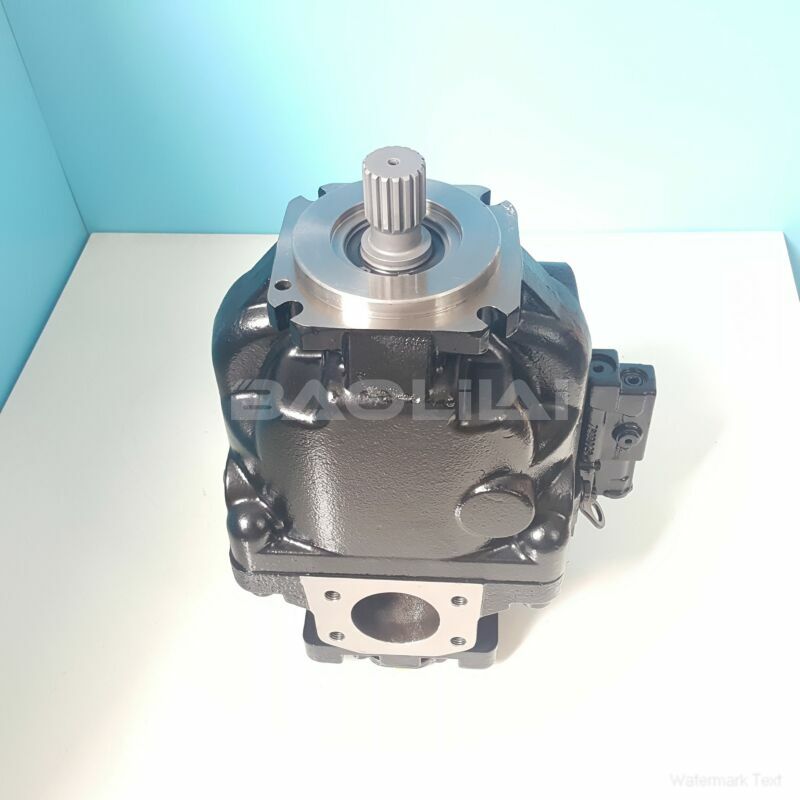ERL130BLS1832NNN3K5RPA1NNNNNNNNNN hydraulic pump
ERL130BLS1832NNN3K5RPA1NNNNNNNNNN hydraulic pump

- Product Details
- Applicable Scene
Selecting the right plunger pump for high-viscosity fluids is crucial for ensuring efficient operation, optimal performance, and longevity of your pumping system. High-viscosity fluids pose unique challenges, so understanding the characteristics of these pumps and the application requirements is essential. Here are some key considerations to guide your selection process.
ER-L-130B-LS-18-32-NN-N-3-K5RP-A1N-NNN-NNN-NNN
ERL130BLS1832NNN3K5RPA1NNNNNNNNNN
First, understand the properties of the fluid you are working with. High-viscosity fluids, such as adhesives, slurries, or viscous chemicals, can vary significantly in their viscosity, shear sensitivity, and temperature sensitivity. It is crucial to measure the fluid’s viscosity at operating conditions, as viscosity can change with temperature or shear rate. Knowing the exact viscosity value helps in selecting the correct pump design and size.

83031015
Next, consider the pump type. Plunger pumps are well-suited for high-viscosity fluids because they can generate the high pressure needed to move these substances effectively. They operate using a reciprocating mechanism, where the plunger creates suction and pushes the fluid through the pump. When selecting a plunger pump, look for one that has a design specifically engineered for handling viscous materials, such as an oversized inlet or a larger plunger diameter, which can help minimize the effects of viscosity on flow rates.
Additionally, pay attention to the material construction of the pump. High-viscosity fluids may contain abrasive or corrosive components that can wear down pump internals. Select materials that are resistant to the specific chemicals in your fluid, smooth finishes to facilitate flow, and consider the conditions of the operating environment, such as temperature and pressure.





